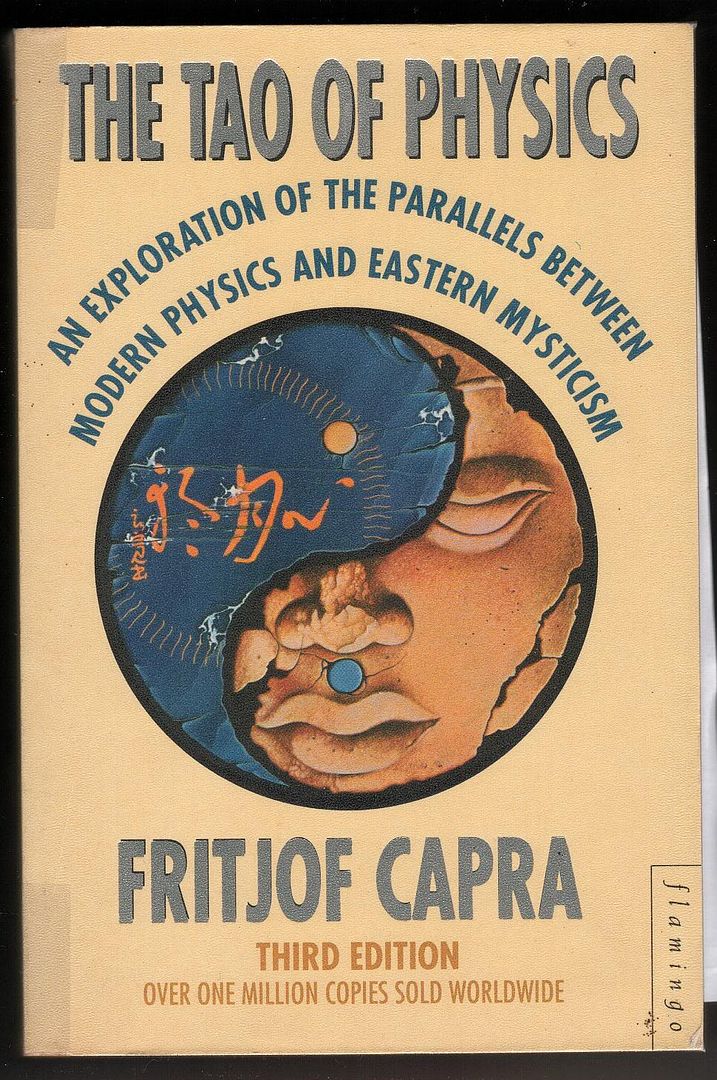
SOME of us who have delved into various aspects of Eastern mysticism have long suspected that everything is somehow interconnected.
About 30 years ago, a young man by the name of Fritjof Capra experienced a sudden revelation, as he called it, and burst into tears.
Prior to this life-altering experience, he had spent years in analytical thinking.
This book is the result of his personal exploration of the parallels between Eastern mysticism and modern physics.
Capra holds a PhD in theoretical physics and has carried out extensive research into high energy physics at various universities in Europe and America.
Yet this is not a book that will befuddle students of the liberal arts; rather, it will open vistas of knowledge that encompass the ancient world of the East and the modern realm called "new physics".
Capra takes a slow walk along the paths of Hinduism, Buddhism and Taoism. He unravels the connection between the enlightenment, the ultimate achievement of the East and the rational knowledge of modern science.
Those from the East probably won't react with astounding surprise at the pervasive harmony that connects the universe. However, when Capra published this book in 1976, people in the West were astonished by the young scientist's revelations.
He talks about the unity of all things that does not seem to be alien to the holy men of the East. The ultimate reality of the cosmic whole, according to Capra, is the oneness of all there is.
This concept is known by numerous names in different religions; the Hindus name it Brahman, the Buddhists call it Dharmakaya and the Taoists proclaim it as Tao.
The Tao of Physics is an exercise in fascination and wonderment.
The quantum theory postulates that "the universe is not a collection of physical objects but a complicated web of relations between parts of a unified whole". In simple terms, we are all one.
Being a man of science, the writer explains quite rationally the avenue
that lies beyond the world of opposites.
Of course, there are passages between the covers when discussion of a
scientific topic becomes somehow out of reach to those from the arts.
The intent is understood and Capra's attempts at simplified explanations are
successful in shedding light on obscure concepts. This book moves from the subatomic world of particles to the Dance of Shiva in Hinduism.
Along the way, Capra draws the parallelism that has existed for time immemorial except that man, for eons, has been unable to understand the symmetry of the worlds foreseen by our wise forefathers of different colour and creed.
The Tao of Physics is still a popular read in many higher institutions of learning around the world. The thesis put forth by Fritjof Capra in his seminal work holds true today as it did three decades ago.
For those who have made it their lifelong quest to achieve a deep understanding of the East and the West, this book is a fountain of surprises It is also an oasis of information for seekers of knowledge, ancient and modern.

No comments:
Post a Comment